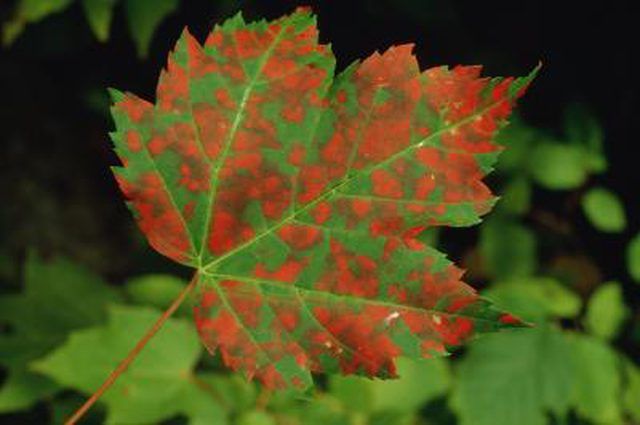Bulbs
Flower Basics
Flower Beds & Specialty Gardens
Flower Garden
Garden Furniture
Garden Gnomes
Garden Seeds
Garden Sheds
Garden Statues
Garden Tools & Supplies
Gardening Basics
Green & Organic
Groundcovers & Vines
Growing Annuals
Growing Basil
Growing Beans
Growing Berries
Growing Blueberries
Growing Cactus
Growing Corn
Growing Cotton
Growing Edibles
Growing Flowers
Growing Garlic
Growing Grapes
Growing Grass
Growing Herbs
Growing Jasmine
Growing Mint
Growing Mushrooms
Orchids
Growing Peanuts
Growing Perennials
Growing Plants
Growing Rosemary
Growing Roses
Growing Strawberries
Growing Sunflowers
Growing Thyme
Growing Tomatoes
Growing Tulips
Growing Vegetables
Herb Basics
Herb Garden
Indoor Growing
Landscaping Basics
Landscaping Patios
Landscaping Plants
Landscaping Shrubs
Landscaping Trees
Landscaping Walks & Pathways
Lawn Basics
Lawn Maintenance
Lawn Mowers
Lawn Ornaments
Lawn Planting
Lawn Tools
Outdoor Growing
Overall Landscape Planning
Pests, Weeds & Problems
Plant Basics
Rock Garden
Rose Garden
Shrubs
Soil
Specialty Gardens
Trees
Vegetable Garden
Yard Maintenance
Brown Spots on a Jade Plant
Brown Spots on a Jade Plant. Crassula ovata, the jade plant, is a popular indoor houseplant. As with other succulents, the jade plant requires relatively little care yet is still susceptible to a few plant diseases. One of the more common problems associated with the jade plant is the appearance of brown spots on the leaves.

Crassula ovata, the jade plant, is a popular indoor houseplant. As with other succulents, the jade plant requires relatively little care yet is still susceptible to a few plant diseases. One of the more common problems associated with the jade plant is the appearance of brown spots on the leaves.
Appropriate Spots
Before diagnosing a jade plant as ill, it is important to remember that the species is naturally spotty to begin with. Some jade plants naturally develop tiny red or white spots, which is not a sign that anything is amiss. On the other hand, larger spots that are brown in color may be symptomatic of larger health issues. These spots can be caused either by oedema or by an infestation.
Oedema
Oedema is a condition that occurs when plants receive too much water. Because the plant cells cannot use all of the water, they tend to expand, forming unsightly brown bumps on the leaves of the jade plant. In extreme cases, if left untreated, the brown spots associated with oedema can even spread to the blossoms. Oedema is a more common occurence during the winter months.
Treating Oedema
Several strategies can be employed to reduce the effects of oedema. Succulents should not be watered too frequently, and the soil should be allowed to thoroughly dry out before watering the plant again. Planting the jade in a pot that drains well will lessen the likelihood that the plant will suffer from oedema, and so will making sure that the plant has enough sun to aid in drying out the soil. Remember, it is never a bad idea to remove leaves that are obviously dying; this ensures that the plant does not needlessly divert nutrients in an effort to save dying leaves.
Infestations Common to the Jade Plant
Two infestations common to the jade plant are red spiders and root mealy bugs. If soil conditions or location do not seem to be the cause of the brown spots, it is likely that one of these two pests is the culprit. A magnifying glass should be used to scour the plant for red spiders, as they are very tiny and difficult to see with the naked eye. One sign of mealy bugs is white, cottony build-up along the roots and base of the plant.
Prevention/Solution
A jade plant owner should avoid peat-based fertilizers and ensure that the plant is draining properly, as soggy soil can lead to an infestation of mealy bugs. Another prevention strategy is to water the plant with a solution that contains imidacloprid. If the plant is infested with either pest, you can be rid of it by using insecticides available at plant care centers. In the case of jade plants, it is important not to use any sprays or insecticides containing pyrethrin.